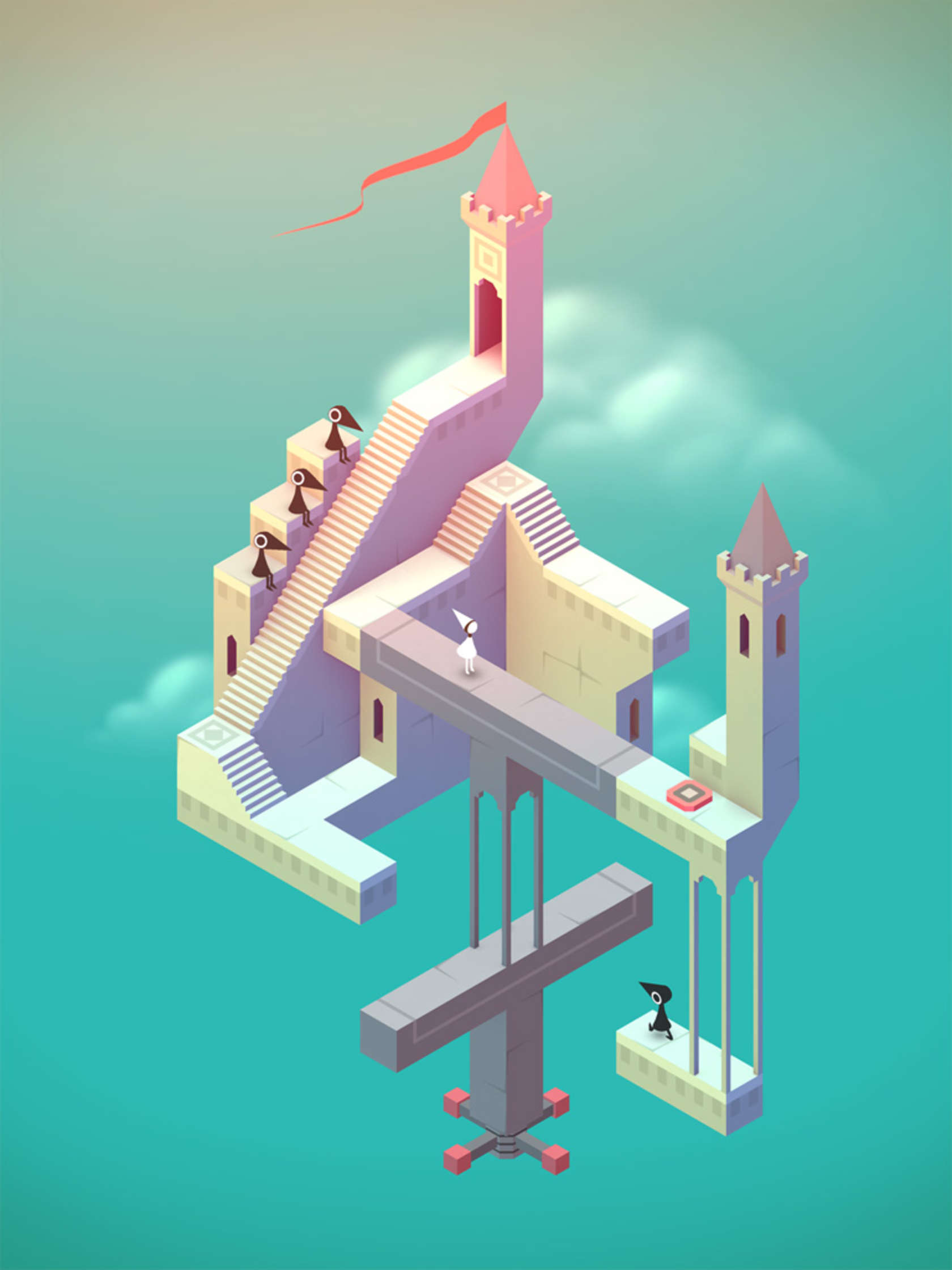Interview with Gabriel Mathews of Polyplane.com

I am very happy to have had the opportunity to interview Gabriel Mathews (@sirgabe), creator of Polyplane.com, Director of Creative Services at Con Cor Design, industrial designer and transhumanist with a lust for technology.
Hi Gabriel, please tell us a bit about yourself, and how you initially became interested in 3D design & visualization?
Hello! Currently, I live in Portland, Oregon and am the owner and operator ofPolyPlane.com, Principle and CD of Con Cor Design and am an active member of multiple nonprofit and special interest groups in the Pacific Northwest.
I originally hail from Detroit, Michigan. I went to college in Pittsburgh, Pennsylvania to study special effects at a certain trade school that shall remain nameless. When I realized that I found the design process involved with special effects not parallel to my own passions, I reassessed my trajectory. My contemporaries at the time were all in product design. Once I caught a whiff of what they were doing, I found my new way.
There was something unapologetically “true” about taking concepts and modeling them up in the computer. It resonated with me on a primal level. That’s never left me.
Great back story : The multifaceted Mr Mathews. So, on Polyplane you’ve created some amazing bite-sized video tutorials for new & even experienced 3D designers, as you explain the concepts simply, yet in great detail. What made you choose Rhino for your screencasts?
I learned on FormZ and Autocad 14 and just hated the navigation and logic of the software and needed a change. 2003: Enter Rhinoceros: Aside from what it being what I use for my day to day work, I feel the power, price, and versatility of the software is spot on for people that want something to learn on that isn’t too fussy and can make really dynamic surfaces without too much trouble. I had a friend point out to me that it’s almost like if you can figure out the logic of the programmer themselves, the software becomes really fluid to learn. Plus “Rhino” just sounds tough...haha.
Indeed, and the logo’s pretty cool too. I saw you recently created some additional videos about “Intro to Rendering”. What’s your software of choice? Can you briefly describe the importance of photography in rendering?
For my day to day work, I’m usually rendering in VRay for Rhino. In special circumstances I render in KeyShot. That software is some next level stuff. Because I’m less versed in KeyShot, I tend to save it for projects where I have a little longer timeline, so I can experiment a little more. I love how many iterations I can make of a model in an hour. It’s great.
Photography is important to a rendering just like a reference is to a painter. By studying how photographers work/physics of light works you can accurately represent the physical realities of a space in an imaginary world or vision. This functions not to deceive the viewer, but give context to a thought that without, just wouldn’t function the same. A great example of this is your recent entry of one of my favorite shorts: The Third & The Seventh. The first time I saw that I nearly wept. Alex Roman accomplished his goal with that one. The break down video of the process is almost as beautiful as the film itself.
Yes, I’ve been a big fan of Alex Roman’s work for a long time, and pretty much had a similar reaction. His images and animations hauntingly beautiful. I can’t wait to read his new book. Now, in regards to hardware & other software, what are your preferences? Can you share some photos of your studio / work environment?
I have a few machines that I work on. My main rig is a home built PC that I made in 2007. Time to upgrade! But seriously, the thing was a beast when I built it. It still proudly runs a Nvidia 8800 GTX video card that chews through polygons like a hot knife through butter. I have a couple other PCs that are render slaves and media servers and there is also a 2012 Macbook that I use on the road.
On the software end I run Rhino V4 (for rendering out to VRay), Rhino V5, Adobe CS6 (Still not decided if I’m ready to leap into CC just yet), Blender, ZBrush, Modo, C4D R13, SketchUp. The reason for six different software packages is that I tend to need to receive native files from clients that I convert over for my use. Plus, it keeps my brain agile to jump from one 3D software to another and keeps my problem solving abilities sharp. “Can’t do it like that, so I’ll do it with this” sort of mentality.
A photo can be found here of my desk. The whole operation is done out of my spare bedroom in my house. I was in a studio closer into town when I first started out. The intent was to have a space to work with other people, but when they were always travelling, I felt it was a waste of money.
Multi-tasking & software-jumping is definitely a common trait in the design world. Ok, so in parallel with being the “Pilot” of Polyplane.com you’re also involved in “Con Cor Design”, can you tell us a bit about your role there?
In 2003 I started “Con Cor Design Group” out of college. Once I parted ways with IDL Worldwide In 2011 I realized later to just drop the “Group” as I didn’t need to fluff it up anymore. Con Cor Design focuses on all of my design work with clients here in Portland and abroad. I focus mainly on Environments (Exhibits and Retail space) as well as product design.
What’s your favorite project / render you have done?
Ha! That’s like asking a parent to say who their favorite kid is. Let’s reframe that as “What project did I take the best story away from?”. I think, funny enough there are two:
1. Apple iTunes/iPod: I worked with this group from 2008 to 2010 while at IDL. The work itself was greuling. There is nothing like retail merchandising. Everyone shames POP design as the bastard child of design. But when you have 2 week turnarounds for a global launch, you learn to respect what goes into it pretty damn fast. I was part of the team responsible for cutting out an “Applecentric” space for iTunes to live at multiple retailers from Fred Meyer’s to Best Buy to Target. Apple wasn’t used to not getting their way all the time, so there was a lot of liaison work between us and the retailer and Apple to make sure everything was fitting store regulation while doing iteration upon iteration of materials/finishes/configurations via renderings and prototypes. Eventually what you see at Target today for iPod with the wedge and cap system was a crazy crazy labor of love done by me and an incredible team of designers and engineers based here in Portland and in IDL’s headquarters in Pennsylvania.
2. I really enjoy the projects that aren’t money makers for some reason. I did a series of rings a couple weeks ago that can be seen here. It was just a silly little thing that i put together as I was learning more tools found in Cinema 4D. As I’m a NURBS modeling guy, it was really fun to spend some time in polygonal modeling space and see what you can do. They are goofy, but the learning I gained from playing around was priceless.
Wow, super exciting work! Are you a postwork or pure render type of artist? How much, if any, postwork is involved in your designs?
I am definitely a postwork designer. This is only because I know that my rendering skills aren’t the best out there by any means. I do set up my renderings so that I can adjust individual elements as needed by the client. When you get to rev. 2030, you really start to respect building in efficiencies into your models and renderings such as parametrics and smart objects. I don’t think a render has left my office that hasn’t passed through at least a levels adjustment through Photoshop.
What would you suggest to someone wanting to become part of the industry? What are the essential skills to focus on when starting out?
In my opinion, I don’t think there is a recipe for success. I think it really comes down to the industry you’re trying to get into. If you are hoping to become an industrial designer, I’d say focus on theory and then learn the application side second. This is a retrospective view as I wish I had gone to Carnegie Mellon for ID vs. AI. The AI model is set up to pump out students as fast as possible. Therefore they put you in the shop a lot so you get the sense you did something. If you spent that time learning about consumer psychology and reading Donald Norman books instead you wouldn’t feel like you “did” as much. But then, you can always learn how to use a table saw second.
I’d say learn a program like Rhino, Revit, or Solidworks. The software isn’t as important as your ability to understand 3D space in a virtual context.
How do you see CGI technology developing in the coming years?
Picture a perfect sphere on a perfectly flat surface. We are perpetually headed towards that tangency point where the sphere hits the surface. Everyday it seems more and more amazing. But then you look behind you and yesterdays “wow” is today’s “meh”. This drives us forward. We are obsessed with new. This yields amazing developments in both the arts and sciences. I think you’re going to see phrases like “3D printer” “3D scanner” “3D model” become as ubiquitous as saying “hammer”, “saw” and “paper”. The visualization part will only get better too. The more transistors we can fit on a silicone wafer, the more that visual of that person, place or thing is going to close that uncanny valley.
True, it’s thrilling seeing the beginning of the next industrial revolution of 3D printing. I also can’t wait for CGI to become like “World Builder” by Bruce Branit. Any other activities besides your work at Polyplane & Con Cor, like personal projects, hobbies, etc?
I have a bad habit, like a lot of designers I know of making hobbies into work.
There is a project I started a couple weeks ago called Yawning Fish. It’s going to be a web store with some premium bikercentric jewelry and accessories. Look for it early next year. Also if you’re ever in Portland on a Tuesday or Thursday, head over to Circuit Bouldering Gym. You’ll find me up on a wall somewhere yelling “Clif Bar!”.
Ha! Thanks Gabriel. Good talk!
Gabriel’s social links
GM Portal:
http://gabrielmathews.com/
PolyPlane:
Pilot@polyplane.com
Polyplane Facebook page
CCD:
info@concor-id.com
ConCorDesignn Facebook Page
Architect - Tech Writer - 3D Artist - 3D printing enthusiast







